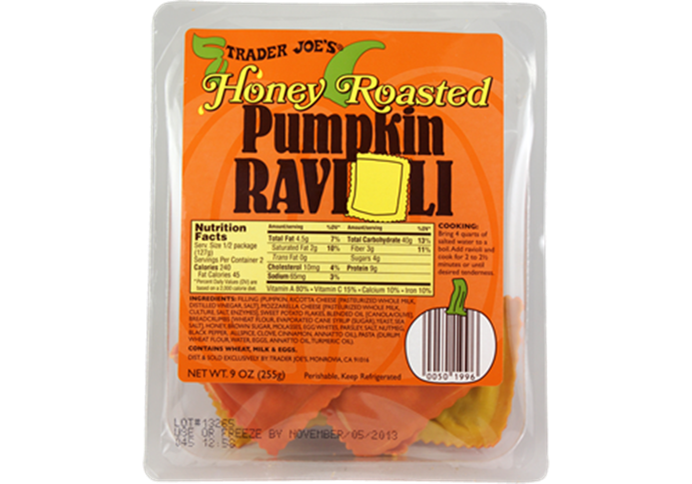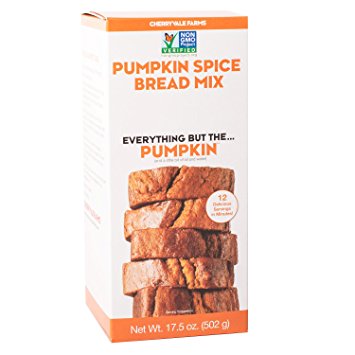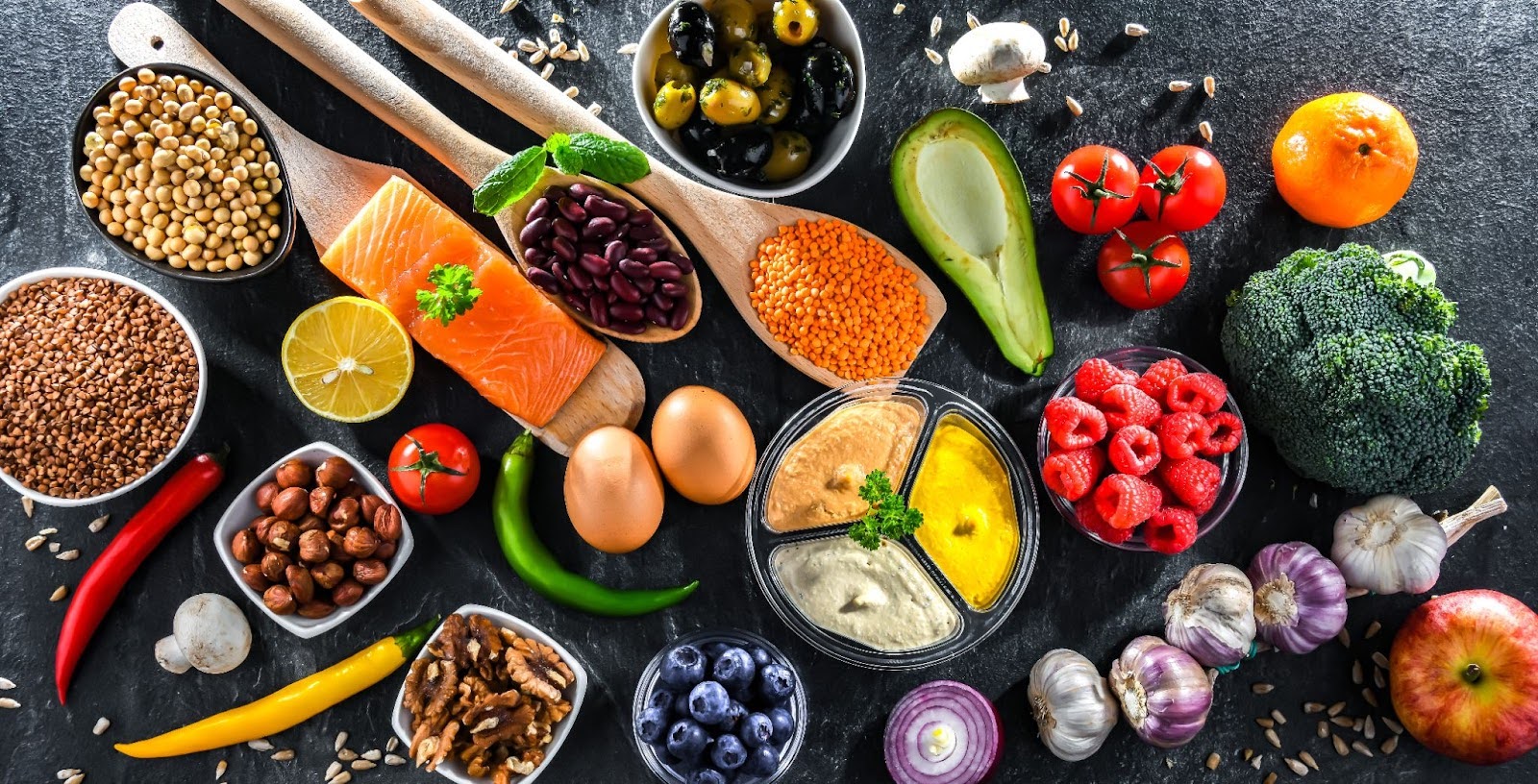 This month I’m highlighting the food and decoration: Pumpkin! Being a dietitian, I need to be on board with eating seasonally blah blah blah, but why? Well because the things that grow in season push us to eat more variety, keeps us from palate fatigue (food boredom), and gives our bodies more nutrient-dense produce due to optimal growing times and less transit time. So, needless to say, I am pushing you to eat something pumpkin inspired each week (at least once) until the end of December – if you dare. I will also bring up the pumpkin inspired items to be wary of due to what’s also in it (mainly added sugar). Hullo Starbucks.
This month I’m highlighting the food and decoration: Pumpkin! Being a dietitian, I need to be on board with eating seasonally blah blah blah, but why? Well because the things that grow in season push us to eat more variety, keeps us from palate fatigue (food boredom), and gives our bodies more nutrient-dense produce due to optimal growing times and less transit time. So, needless to say, I am pushing you to eat something pumpkin inspired each week (at least once) until the end of December – if you dare. I will also bring up the pumpkin inspired items to be wary of due to what’s also in it (mainly added sugar). Hullo Starbucks.
Pumpkin is a highly nutrient-dense food. It is rich in vitamins and minerals, but low in calories. Pumpkin seeds, leaves, and juices all offer tremendous nutrient benefits.
Fast facts on Pumpkins:
- The potassium contained
 within pumpkins can have a positive effect on blood pressure, stroke risk, maintaining muscle mass, and preservation of bone mineral density.
within pumpkins can have a positive effect on blood pressure, stroke risk, maintaining muscle mass, and preservation of bone mineral density. - Pumpkins contain a grip of antioxidants. Vitamin C, vitamin E, and beta-carotene have been shown to support eye health and prevent degenerative damage like macular degeneration.
- Pumpkin is high in beta-carotene (converts to vitamin A and gives pumpkin the orange color), which is a powerful antioxidant that can protect against certain types of cancer, asthma, heart disease, diabetes, and overall body degeneration from aging.
- Eating more plant food can decrease obesity and mortality. It also helps the immune system by building more white cells.
- Pumpkins are a big source of fiber, which we know helps with weight, digestion, and cholesterol (and so much more).
- Avoid canned pumpkin pie mix, as it typically contains added sugars and syrups.
- Uncut pumpkins should be stored in a cool, dark place for up to 2 months.
- Pumpkin puree or canned pumpkin can be used as a replacement for butter or oil in baking recipes.
Nutritional breakdown
According to the USDA National Nutrient Database, one cup of cooked, boiled, or drained pumpkin without salt contains:
- 1.76 g of protein
- 2.7 g of fiber
- 49 calories
- 0.17 g of fat
- 0 g of cholesterol
- 12.01 g of carbohydrate
This amount of pumpkin also provides:
- more than 200% of the recommended daily allowance (RDA) of vitamin A
- 19% of the RDA of vitamin C
- 10% or more of the RDA of vitamin E, riboflavin, potassium, copper, and manganese
- at least 5% of thiamin, B-6, folate, pantothenic acid, niacin, iron, magnesium, and phosphorus
Preparing fresh pumpkin at home will deliver the most benefits for your health, but canned pumpkin is also a great choice. Pumpkin retains many of its health benefits in the canning process. Steer clear of canned pumpkin pie mix. This is usually placed next to the canned pumpkin in grocery stores, and is sold in a similar can. It contains added sugars and syrups. Canned pumpkin should have only one ingredient: Pumpkin.
My favorite pumpkin items:
Boxed Pumpkin Bread:
Just buy the pumpkin puree separate (ingredients should only say pumpkin; click on the link for an example on Amazon). It’s SO delicious. I make one each week and eat it daily. Click on the picture and order from Amazon!
Pumpkin Ravioli from Trader Joes:
If you know me, you know I love pasta. This one is easy to cook and delicious!

Some pumpkin recipes!
Let me know your favorite pumpkin-infused foods!
Toodles,
Miriam Turner
Studio SWEAT Dietitian
Resources: https://www.medicalnewstoday.com/articles/279610.php










Comments - 0